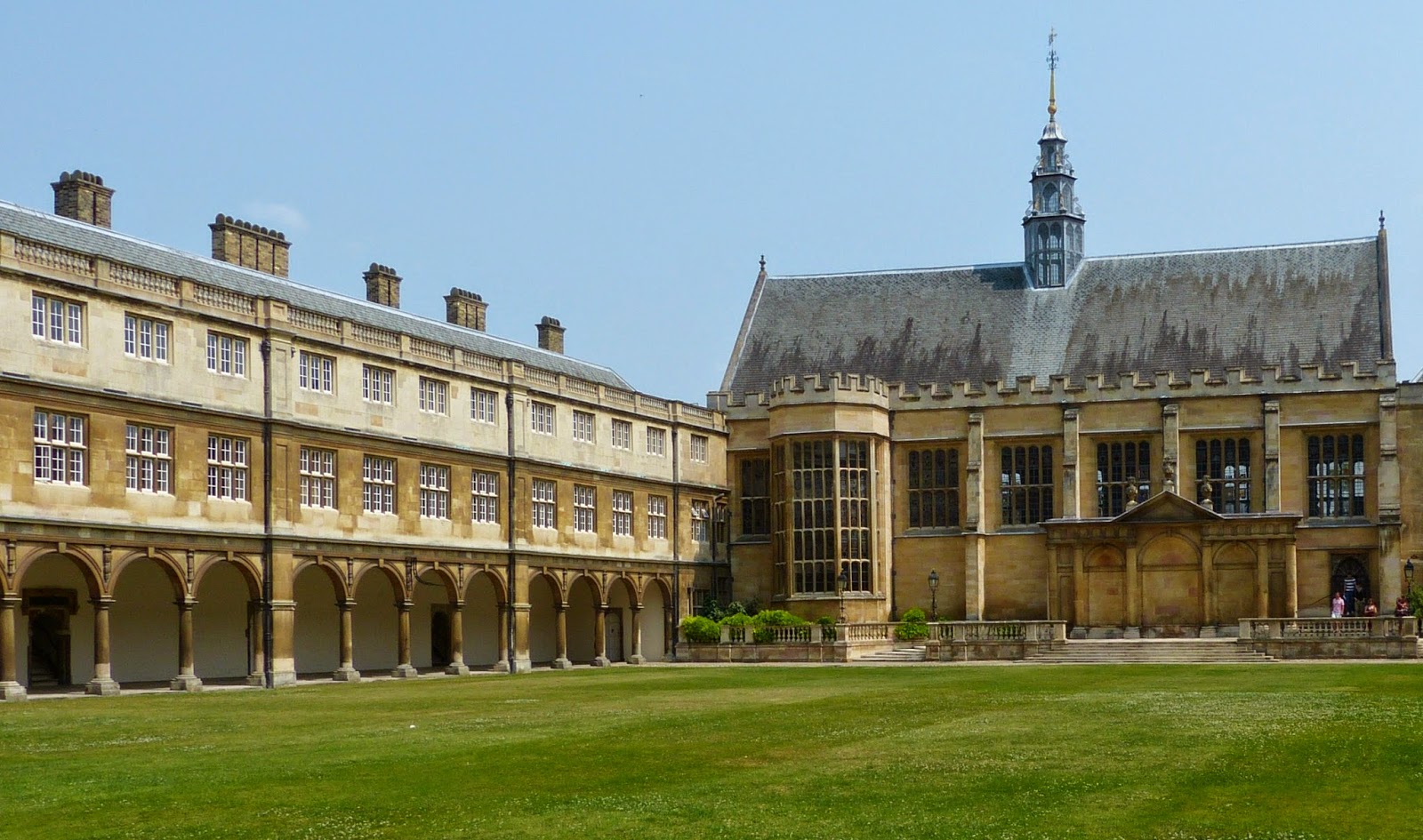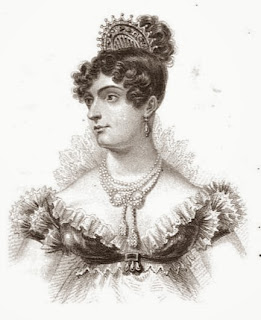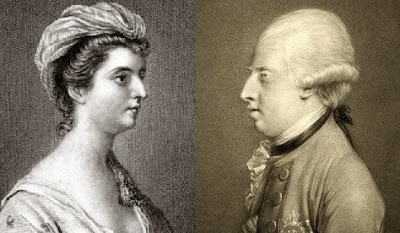 | ||
| Prince William Frederick, Duke of Gloucester from A Biographical Memoir of Frederick, Duke of York and Albany by J Watkins (1827) |
Prince William Frederick (15 January 1776 - 30 November 1834) was the son of William Henry, 1st Duke of Gloucester, a younger brother of George III. He became the 2nd Duke of Gloucester on his father's death and married his cousin, Princess Mary.
Family History
Prince William Frederick was born on 15 January 1776 in Teodoli Palace in Rome, the only son of Prince William Henry, 1st Duke of Gloucester, and Maria Walpole, the illegitimate daughter of Sir Edward Walpole, formerly Countess Waldegrave. William had one sibling, his elder sister, Sophia, who was devoted to him.
William Henry was a younger brother of George III making Prince William of Gloucester first cousin to George IV and William IV. At the time of his birth, his parents were living abroad because the king disapproved of their marriage and had banned them from court. He became Duke of Gloucester and Edinburgh and Earl of Connaught on his father’s death in 1805.
In 1789, William embarked on a career in the army in the First Foot Guards, taking the rank of colonel. He saw active service in Europe and was known for his bravery and enthusiasm, if not for his professionalism. He was rapidly promoted, becoming a major-general before he was twenty and ultimately becoming a field marshal in 1816.
George III provided for William’s education to be completed at Trinity College, Cambridge. Despite being renowned for his lack of intelligence, he became chancellor of the University of Cambridge in 1811.
 |
| Trinity College, Cambridge |
William was not a prepossessing man in figure or character. He was described by Stockmar, a friend of Prince Leopold, as being “large and stout, but with weak, helpless legs” and having “prominent meaningless eyes; without being actually ugly, a very unpleasant face with an animal expression”.
He placed undue emphasis on his royal status and was extremely pompous. He was the subject of many satirical cartoons, where he was referred to as “Slice of Gloucester” and “Cheese”. His most widely used nickname, however, was “Silly Billy”; as Gronow records, he was “in the habit of saying very ludicrous things”.
William remained single until he was forty, supposedly with a view to marrying Princess Charlotte, but although she favoured his suit over that of the Prince of Orange, her father, George IV, disliked his cousin and refused to countenance the match. On 22 July 1816, two months after Princess Charlotte had married Prince Leopold of Saxe-Coburg, William married his first cousin, Princess Mary, instead.
 |
| Princess Mary from La Belle Assemblée (1816) |
Although William played little part in politics, he was strongly in favour of the abolition of slavery and, whilst favouring Catholic emancipation, he urged William IV to reject the Reform Act of 1832. He antagonised his cousin, George IV, by siding with the opposition against him and supporting his estranged wife, Princess Caroline.
 |
| Caroline, Princess of Wales from Huish's Memoirs of her late royal highness Charlotte Augusta (1818) |
William died on 30 November 1834 at Bagshot Park, Surrey, from a tumour in the throat, and was buried in St George’s Chapel, Windsor.
Sources used include:
Hibbert, Christopher, George IV (1972, 1973)
Parissien, Steven, George IV, The Grand Entertainment (2001)
Purdue, A.W., William Frederick, Prince, second Duke of Gloucester and Edinburgh (1776-1834), Oxford Dictionary of National Biography, online edition (2009)
Photographs © Andrew Knowles - www.flickr.com/photos/dragontomato


No comments:
Post a Comment